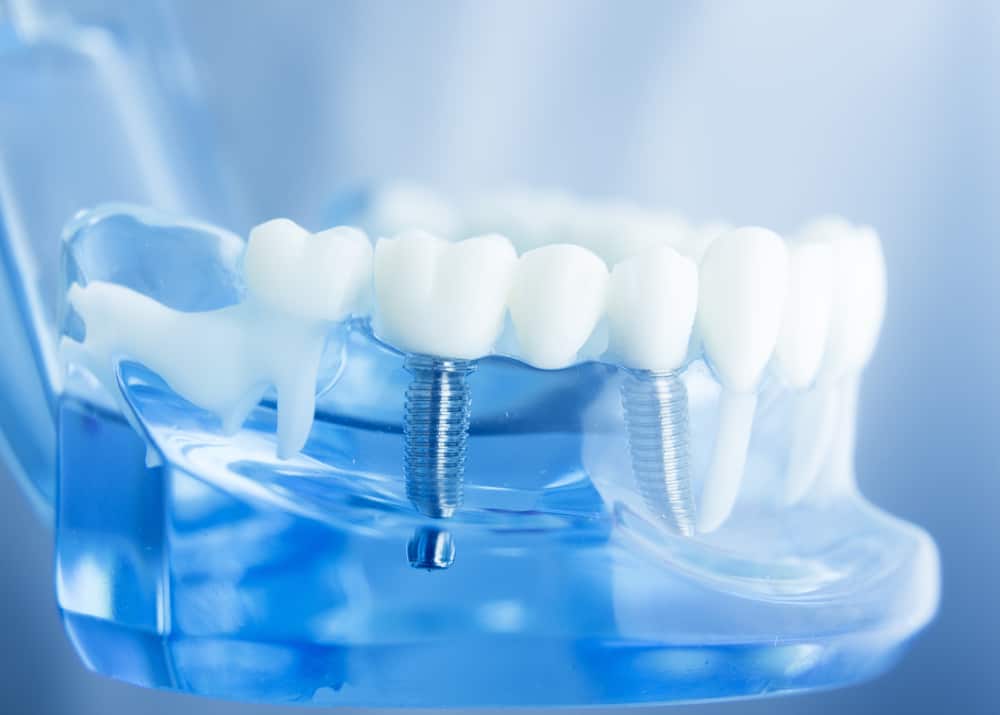People tend to lose their teeth for several reasons; therefore, they find ways to regain the smile they want. Although dental bridges and dentures are famous, nothing can beat dental implants as the most reliable and long-lasting tooth replacement method. Those who have researched dental implants must think about how long a dental implant procedure takes from start to finish.
This article will walk you through the types of dental implants, the steps involved in the procedure, and how long the entire process takes.
What are the Types of Dental Implants?
When we talk about dental implants, they are of two different types used for aesthetic and therapeutic purposes. It is up to you to choose between a regular and a mini-implant. The standard dental implant is of two main kinds used for restorative purposes.
- Endosteal Dental Implants
These implants are surgically inserted into the jawbone. The process can take a few months to get fully functional.
- Subperiosteal Dental Implants
The subperiosteal implants are placed on the jawbone under the gum tissue. This type of implant has a frame and posts attached to the gum. It is possible to mount the artificial teeth over the frame.
Mini Dental Implant
These implants are meant for those who don’t have the delicate bone structure for conventional implants. They can be a great option when the gap is not too large or when a regular implant requires support after many years.
Steps Involved in the Dental Implant Procedure
- Dental Exam
Before beginning any work, the dentist does a comprehensive exam to check the mouth’s health, including x-rays thoroughly. This particular step is essential to know about the health jawbone and the gums for supporting the dental implant.
- Implant Procedure
After the exam, the dentist schedules surgery, which is known to be the first step of the implant process. The dentist places the dental implant into the jawbone below the gums. Usually, the surgery takes around 1-2 hours to place the implant.
- Recovery
People experience bruising, swelling, and pain immediately after dental implant surgery. It depends on how much work the dentist has done to install the implant, especially if the tooth has to be removed. It all depends on the healing of the bone and the gums.
- Dental Crown and Abutment Fitting
When the implant gets healed, the abutment and crown are fitted to the dental implant. This particular step involves exposure of the gums so that the implant is placed for a proper fitting of the crown and abutment.
How Much Time Does the Entire Dental Implant Process Take?
The entire dental implant fitting process requires patience and care from the individual. When we look at the time taken from consultation to the final fitting, it can take anything between three to nine months. One can care for dental implants just like regular teeth and doesn’t need special care products for maintenance.
A dental implant involves different features related to the procedure that can prolong the process. The healing capability of the patient has a lot to do with it, as every patient has their own healing time. Therefore, considering all factors, it is essential to discuss with the dentist how long the dental implant process takes.
Dental Implant Consultation in Winston Hills, NSW, Australia
There are several reasons why dental implants are necessary. It doesn’t matter what reason you have for the dental implant; Winston Hills Family Dental Care offers a comprehensive exam for the dental implant process. Our experienced staff will advise you accordingly and guide you in the right direction.
If you have questions about the dental implant procedure, call us or schedule an appointment!

